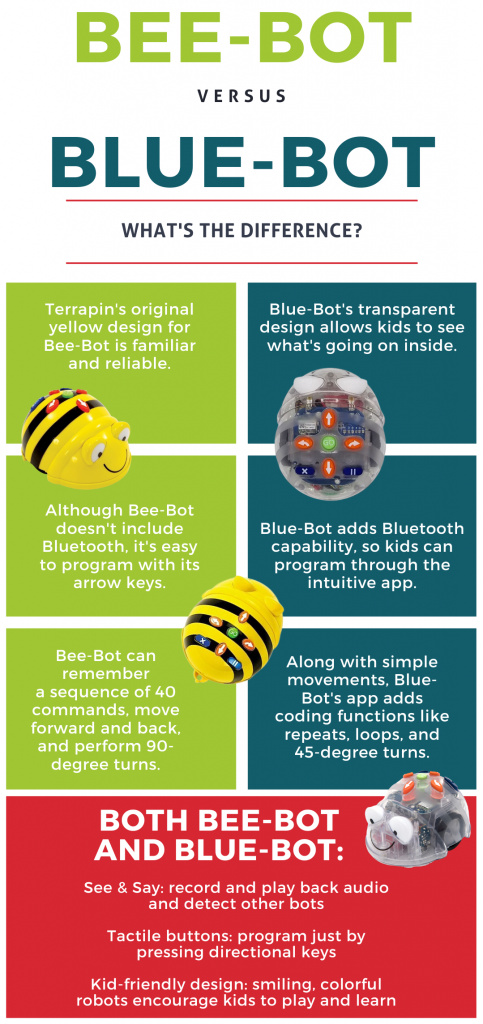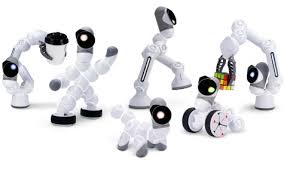How to program a Robot Dragon for interactive play?
Robot Dragons are a fascinating blend of technology and imagination. With the right programming skills, you can create an interactive experience that will captivate audiences of all ages. In this guide, we will walk you through the steps to program a Robot Dragon for interactive play.
Step 1: Choose the right hardware
Before you begin programming your Robot Dragon, you will need to choose the right hardware. Make sure to select a platform that is compatible with the programming languages you are comfortable with. Some popular choices include Arduino, Raspberry Pi, or even a custom-built platform.
Step 2: Learn the basics of programming
Programming a Robot Dragon requires a basic understanding of programming concepts such as loops, conditionals, and functions. If you are new to programming, start by learning a beginner-friendly language like Python or Scratch. Once you have a solid foundation, you can move on to more advanced languages like C++ or Java.
Step 3: Design your Robot Dragon
Before you start coding, it’s important to have a clear vision of how you want your Robot Dragon to behave. Consider its movements, sounds, and interactions with the environment. Create a detailed design document outlining these features to guide your programming efforts.
Step 4: Code the behavior of your Robot Dragon
Now it’s time to put your programming skills to the test. Start by coding the basic movements of your Robot Dragon, such as walking, turning, and flying. Then, add more complex behaviors like responding to voice commands or avoiding obstacles. Don’t be afraid to experiment and iterate on your code until you achieve the desired results.
Step 5: Test and refine your code
Once you have coded the behavior of your Robot Dragon, it’s time to put it to the test. Set up a testing environment where you can observe how your Robot Dragon interacts with its surroundings. Make note of any bugs or glitches, and refine your code to ensure smooth performance.
Step 6: Add interactive features
To make your Robot Dragon truly interactive, consider adding features that allow users to control or interact with it. This could include a remote control app, gesture recognition, or even a voice-activated interface. Get creative and think of ways to engage your audience in the experience.
Step 7: Share your creation
Once you have programmed your Robot Dragon for interactive play, don’t keep it to yourself! Share your creation with others by showcasing it at events, workshops, or online platforms. You never know who might be inspired by your work and want to join in on the fun.
- Choose the right hardware
- Learn the basics of programming
- Design your Robot Dragon
- Code the behavior of your Robot Dragon
- Test and refine your code
- Add interactive features
- Share your creation
How to program a Robot Dragon for interactive play?
Robot Dragons are a fascinating blend of technology and imagination. With the right programming skills, you can create an interactive experience that will captivate audiences of all ages. In this guide, we will walk you through the steps to program a Robot Dragon for interactive play.
Step 1: Choose the right hardware
Before you begin programming your Robot Dragon, you will need to choose the right hardware. Make sure to select a platform that is compatible with the programming languages you are comfortable with. Some popular choices include Arduino, Raspberry Pi, or even a custom-built platform.
Step 2: Learn the basics of programming
Programming a Robot Dragon requires a basic understanding of programming concepts such as loops, conditionals, and functions. If you are new to programming, start by learning a beginner-friendly language like Python or Scratch. Once you have a solid foundation, you can move on to more advanced languages like C++ or Java.
Step 3: Design your Robot Dragon
Before you start coding, it’s important to have a clear vision of how you want your Robot Dragon to behave. Consider its movements, sounds, and interactions with the environment. Create a detailed design document outlining these features to guide your programming efforts.
Step 4: Code the behavior of your Robot Dragon
Now it’s time to put your programming skills to the test. Start by coding the basic movements of your Robot Dragon, such as walking, turning, and flying. Then, add more complex behaviors like responding to voice commands or avoiding obstacles. Don’t be afraid to experiment and iterate on your code until you achieve the desired results.
Step 5: Test and refine your code
Once you have coded the behavior of your Robot Dragon, it’s time to put it to the test. Set up a testing environment where you can observe how your Robot Dragon interacts with its surroundings. Make note of any bugs or glitches, and refine your code to ensure smooth performance.
Step 6: Add interactive features
To make your Robot Dragon truly interactive, consider adding features that allow users to control or interact with it. This could include a remote control app, gesture recognition, or even a voice-activated interface. Get creative and think of ways to engage your audience in the experience.
Step 7: Share your creation
Once you have programmed your Robot Dragon for interactive play, don’t keep it to yourself! Share your creation with others by showcasing it at events, workshops, or online platforms. You never know who might be inspired by your work and want to join in on the fun.
- Choose the right hardware
- Learn the basics of programming
- Design your Robot Dragon
- Code the behavior of your Robot Dragon
- Test and refine your code
- Add interactive features
- Share your creation



